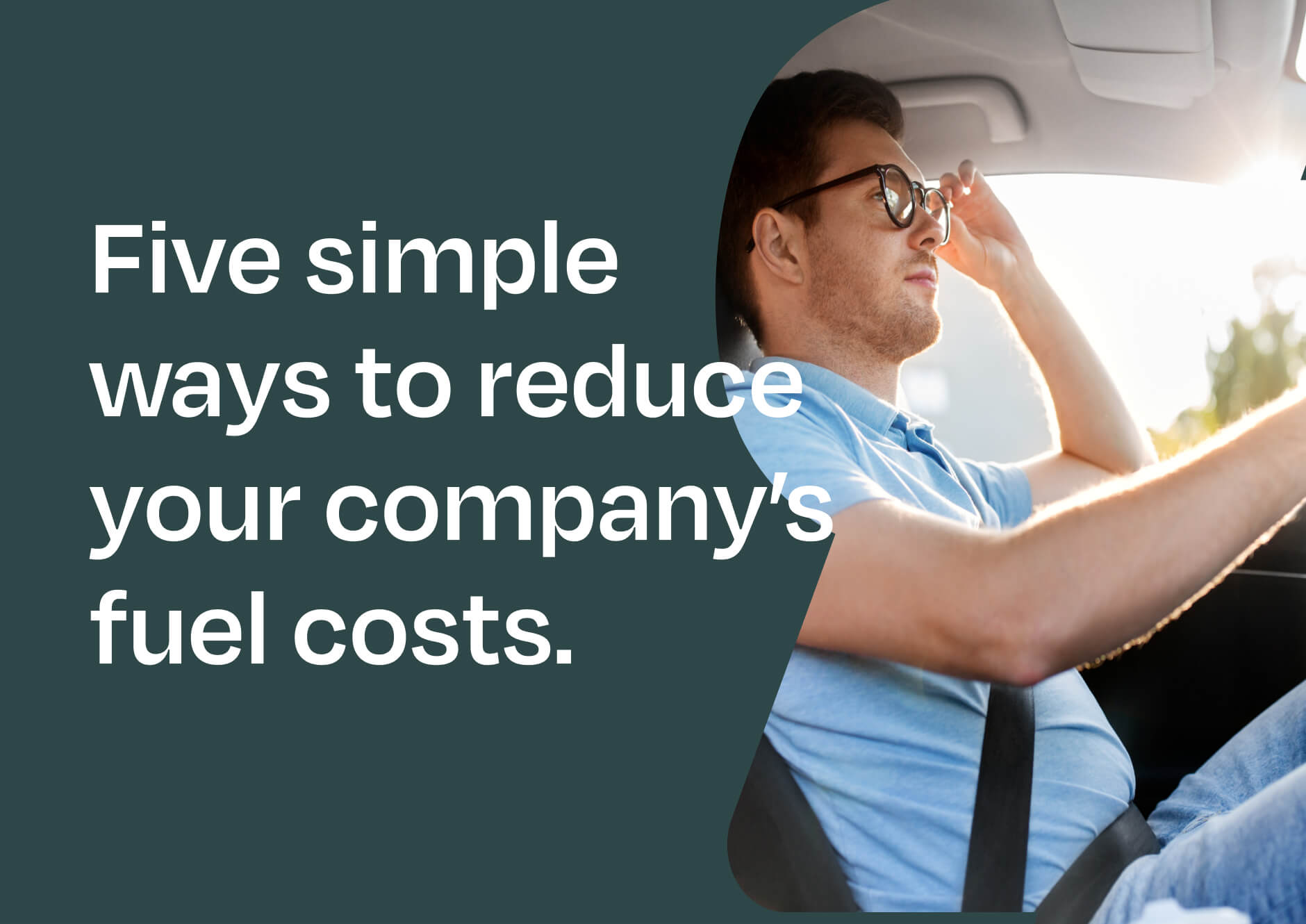


Encouraging smart driving is an excellent way to drive down fuel costs, since driving behavior is directly linked to fuel consumption. It also corresponds directly to driver safety and sustainability.
Unfortunately, many businesses overlook some – or all – of these relationships and miss out on the significant savings that can be delivered by introducing a program that encourages smart driving. Let’s look at five common driving behaviors that could be costing your business money.
1. Chasing the next traffic light
An extremely common type of unsafe driving behavior is putting huge effort into chasing the next traffic light! It’s like a challenge to get to the next crossing as quickly as possible only to be stuck waiting for the light to turn green. Adopting smart driving techniques such as raising the gaze, looking well ahead, and adapting driving style to suit the traffic conditions not only saves fuel, but also time.
2. Pumping the accelerator on motorways
When driving on motorways too many drivers pump the accelerator pedal up and down in a never-ending pattern: 100 kph to 110 kph, then 110 kph to 100 kph and so on! This type of driving uses unnecessary fuel. Following the smart driving method of keeping a safe, suitable following distance helps avoid the temptation to vary speed unnecessarily.
3. Reliance on cruise control
Many drivers rely too heavily on cruise control. It is comfortable, yes, but lethal for fuel economy in many cases. Using cruise control on the slightest uphill or downhill will cause the engine to fight hard to satisfy the driver’s wish of maintaining the exact speed they set. Instead, managing speed with the foot and handling the accelerator and brake smoothly helps drivers save a significant amount on fuel!
4. Failure to maintain intended speed
Not everyone realizes that maintaining intended speed is of utmost importance for fuel economy. This means avoiding unnecessary speed variations which naturally result in unnecessary braking and acceleration. Mind wandering, any form of distraction, and lack of focus often causes speed variation up and down, increasing fuel consumption. Smart driving techniques such as looking well ahead and maintaining 100% focus helps drivers to maintain intended speed and reduce fuel consumption.
5. Driving while stressed
Traffic delays, deadlines, and running late; they can all cause stress, which is negative for health, safety, AND fuel consumption. Stressed drivers tend to lose their focus and drive more aggressively, resulting in unnecessary braking and acceleration, which uses more fuel AND increases crash risk. Adopting smart driving techniques such as planning the route and being prepared for the next step helps improve fuel consumption and safety.
The FIA Smart Driving Challenge (SDC) is a worldwide challenge created by the FIA in collaboration with Greater Than to encourage everyday drivers to adopt smarter, cleaner and safer driving behaviors.
Joining the FIA SDC gives your organization the opportunity to reduce crashes, CO2 emissions and fuel consumption within your company. It also provides company-wide reporting into safety and eco-driving regardless of vehicle type or location, so you can easily identify the drivers who are increasing your company’s risk level, and fuel consumption.
Read more about the challenge here.